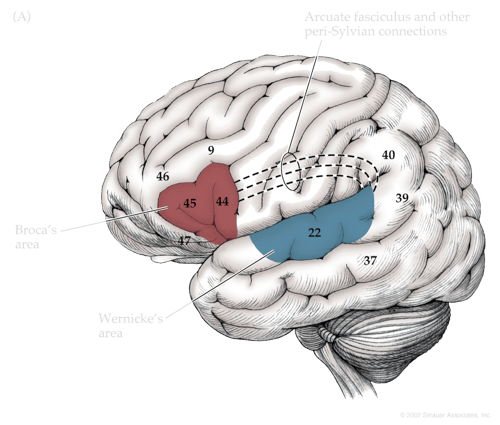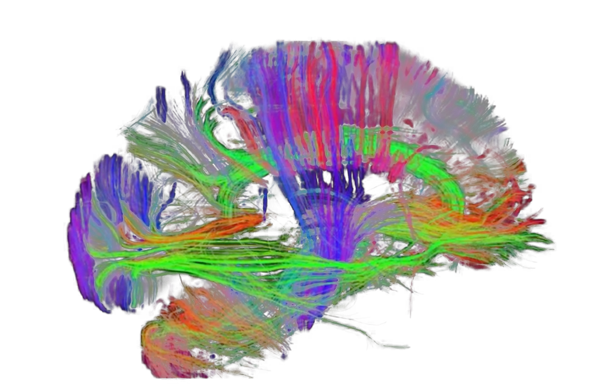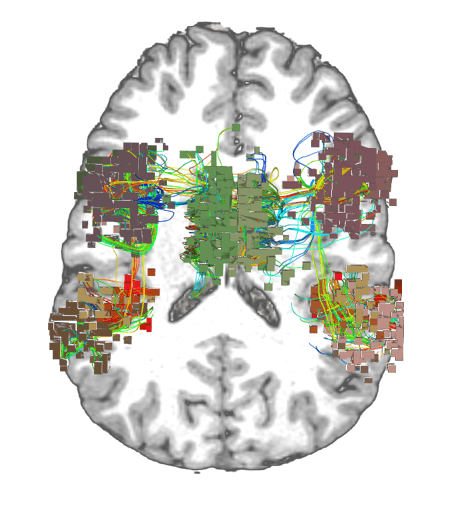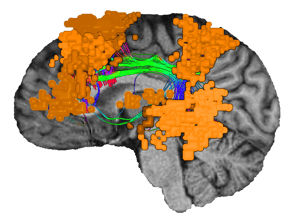There is no such thing as unimportant, or non-eloquent, brain.
For decades, neuroscientists and clinicians have studied the brain attempting to pinpoint the regions that control specific functions.
This is the age old question of ‘What part of the brain is responsible for ___?’
For clinicians, this assists in determining where the source of certain disorders may originate and what, for example, should be preserved during brain surgery. While such study has revealed many critical areas of functions - like the motor cortex, an area arching across the top surface of the brain, and its role in movement - it oversimplifies the brain and limits our ability to understand its more complex roles. As a result, higher cognitive functions have remained mysterious, and the mental and neurological illnesses that present when they behave abnormally remain incredibly difficult to manage.
First and foremost, there are no areas solely responsible for complex functions like language, emotion, and attention, but multiple that are working in complex coordination - often presiding in completely different, non-adjacent parts of the brain. The manner in which they are connected is worth equal, if not more, attention, and together they form brain networks.
Through this, the field of Connectomics has recently elucidated many findings about how the brain works by study of its connections. We now know every part of the brain plays a role in brain function. Every brain area is part of a larger brain network.
The question then is, ‘What network of the brain is responsible for each function?’ and to follow up - ‘Where are the different areas of this network located, and how are they connected?’.
Being able to answer these questions is a relatively recent scientific achievement and doing so will help us answer more profound questions about how the brain functions and what makes us human.

The seven "main" networks of the brain







